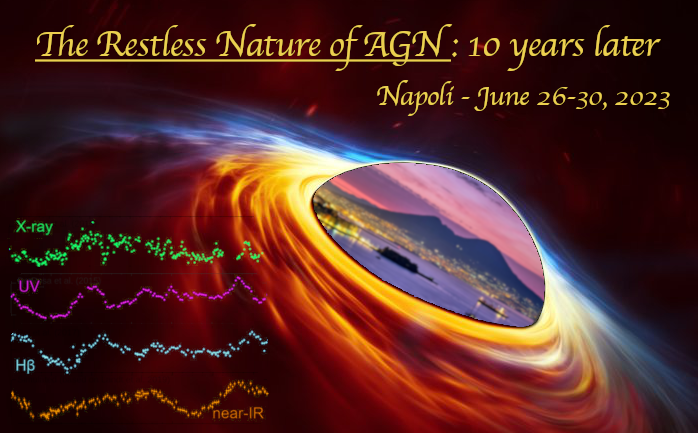Speaker
Description
Binary and dual active galactic nuclei (AGN) are an important observational tool for studying the dynamical evolution of galaxies and supermassive black holes (SMBH). However, they are notoriously difficult to unambiguously detect due to current observational limits and biases, and are often identified serendipitously. An entirely new method for identifying possible AGN pairs makes use of the exquisite positional accuracy of Gaia to detect astrometrically-variable quasars, in tandem with the high radio spatial resolution of the Very Large Array (VLA) and the Very Long Baseline Array (VLBA). Colloquially called varstrometry, this process can be used to measure emission flux, place limits on source angular size and separation, and make an in-depth investigation of source morphology.
We present new radio observations of 18 quasars (at redshifts between 0.7 and 2.9), selected from the SDSS DRQ16 and matched with the Gaia EDR3. All 18 targets are identified by their excess astrometric noise in Gaia with high significance (>5σ), meaning that each source exhibits positional variability (“jitter”). We targeted these 18 quasars with the VLA 2-4 GHz (S band) and 8-12 GHz (X band), providing resolutions of 0.65 and 0.2 arcseconds, respectively, in order to constrain the origin of this variability.
We combine these data with the several radio surveys (VLASS, FIRST, etc.) in addition to multiwavelength archival and survey data from DECaLS and WISE. We also present preliminary results from new radio observations of a sub-sample of 7 quasars, which were observed with the VLBA at S- and X-band, providing milliarcsecond scale constraints on the origin of the jitter.
Taken together, we will constrain the possible causes of the astrometric variability, including jet activity/dynamics, single AGN variability, obscuration variability, and dual/binary AGN activity. Ultimately, we use this new strategy to help identify and understand this sample of astrometrically-variable quasars, using Gaia’s astrometric observations in conjunction with radio and multiwavelength data.

